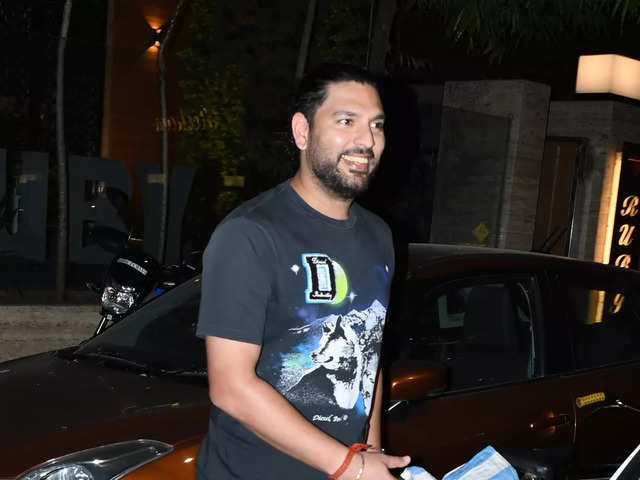
Canva
The technologies powering virtual and augmented reality experiences are now more accessible than ever.
Sep 2, 2020, 13:10 IST
ad-agencies
How can event companies utilize unique 3D elements while creating virtual events
Sep 2, 2020, 13:10 IST
The technologies powering virtual and augmented reality experiences are now more accessible than ever.
- Given the current market scenario, it is essential that event companies approach the project as a focal point instead of the brand.
Janak Vora , CEO,Event Capital suggest a few ways in which launching a virtual event by utilizing innovative technology can lead to recreating effective consumer experience, all through the comfort of their homes.
The technologies powering virtual and augmented reality experiences is now more accessible than ever, and are becoming an essential proponent when devising a virtual event. According to Statisca, consumer spending on augmented and virtual reality (AR/VR) technology is expected to reach around 7 billion U.S. dollars. Total AR/VR spending worldwide is projected to amount to 18.8 billion U.S. dollars in 2020. According to another projection, the overall XR market globally is expected to touch USD 220 Billion by end of 2022.
Given the current market scenario, it is essential that event companies approach the project as a focal point instead of the brand. There are various ways in which launching a virtual event by utilizing innovative technology can lead to recreating effective consumer experience, all through the comfort of their homes.
- 3D Merchandise/ Digital Avatars
2. 3D Landscape
Event organizers can create a sense of space through- exhibition/stalls/stages. It helps viewers connect with the theme of the event and gives a make-believe feel to them actually attending the event, even as they are restricted at home.
3. 3D Assistance for Guidance
A virtual assistant guiding through the landscape or the event can take the viewers for a tour. This can also be a sales assistant or of any other form, depending upon the nature of the event.
We recently witnessed these 3D formats being put to use by Event Capital through its IP- ‘The Edutainment Show’. We, at Event Capital, are now taking one step forward and building a Virtual Funtown for our IP WindMill Festival. Utilization of these elements has its own set of advantages that the event organizers can benefit from
4. Creating interactive real-world experiences
Event organizers need to find value in the property that they earlier created on-ground and re-create similar spaces (i.e. exhibition stands or experience zones) in the virtual world. Creating hyper-realistic experiences increases realism and also enables the audience to explore and interact with them is the perfect way to make a virtual event a successful one. Consumers have the liberty to explore the virtual space even as their physical mobility is restricted due to distance or any other reasons. This is what our valued community will witness with the upcoming WindMill Festival – Virtual Funtown.
5. Make virtual spaces more interactive and immersive
Unique AR tools have the power to provide an engaging ‘try-before-you-buy’ experience to consumers, hence becoming a key element in their purchasing journey. Although the experiences offered through the events is virtual, consumers are interacting within their own real-world and can avail some of these services offline too. Such events present a chance to event organisers to showcase their ideas in a more artistic and rewarding way. An example – Ikea offers its customers the chance to place furniture into their homes with the simple use of a smartphone.
6. Using 3D element as a visualization and executional tool
In order to present a graphic representation of a product or a dynamic understanding of an event, organizers can make use of the 3D tool. This would help present a better idea to brands or consumers that they are catering to.
We have noticed some unique innovation done by IIFA Stomp, Sunburn Festival, the upcoming Unrated Music and Arts Festival and as the days go by, we are seeing major improvement in the quality of the XR experience being delivered by Event IP owners.
However, a word of caution here before we all start anticipating and celebrating the addition of XR experiences into our virtual / on-ground events. The entire ecosystem both on demand side and supply side - products, devices, software, hardware, content etc. has to evolve into a user friendly and affordable solution…at a mass scale. Until that happens, we will have to settle for virtual 3D experiences and soon those will have no differentiators.
But yes, I must confess that the events industry in India is working aggressively towards unique virtual innovations and going by the track record, we have hope and positivity.
INSIDER INTELLIGENCE REPORTS







